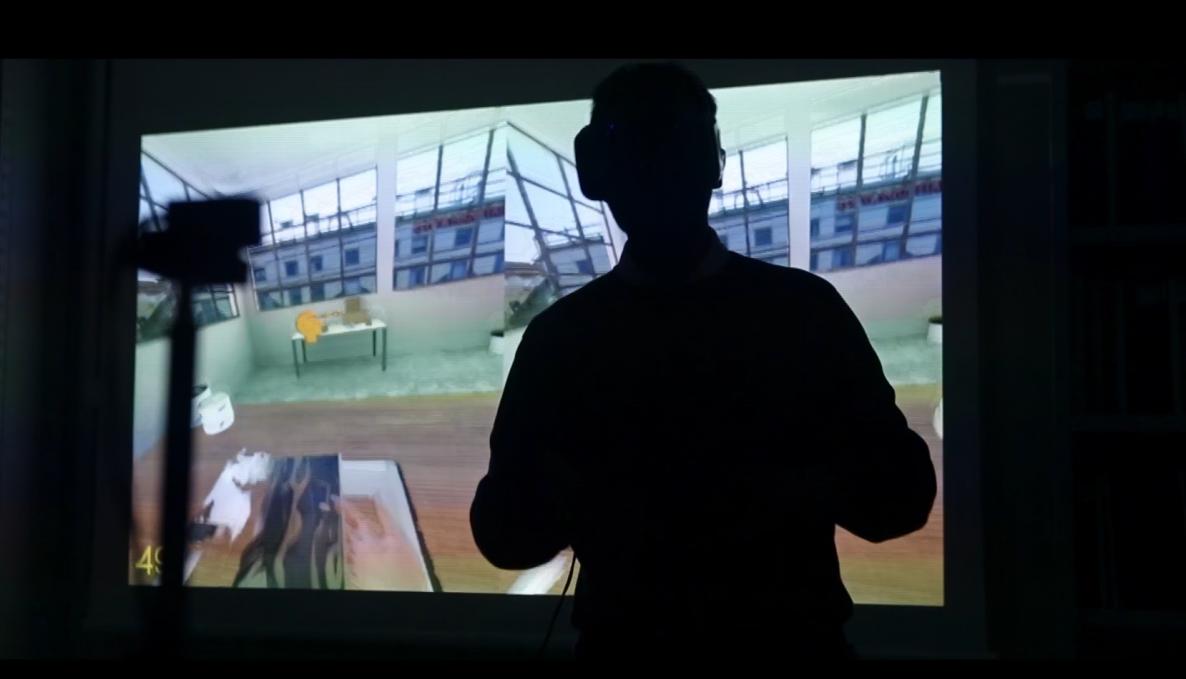BURNOUT syndrome: the use of virtual reality in the treatment of work-related stress. researchers from sant’anna school tecip institute participate in a project for VR exercise reducing anxiety and mental disorders

In Tuscany, Pisa higher education institutions, hospitals and public authorities participate in a project on the use of virtual reality (VR) in the treatment of mental disorders, work-related illnesses and the “burn-out syndrome” resulting from chronic workplace stress. The “burn-out” project partners include Inail Regione Toscana, University of Pisa, Azienda Ospedaliero-Universitaria Pisana and Sant’Anna School PERCRO Lab.. Researchers and experts will work on VR rehabilitation and VR exercise in the treatment of work-related disorders. On May 28, 2019, the World Health Organisation updated its definition of burnout as “a syndrome characterized by feelings of energy depletion or exhaustion; increased mental distance from one's job, or feelings of negativism or cynicism related to one's job; and reduced professional efficacy".
The project was announced at the University of Pisa to highlight the burn-out syndrome as an occupational phenomenon with an impact on both job performance and social relationships while featuring recent research and insights by keynote speakers Marco Gesi, Giovanni Asaro, Silvia Briani, Alfonso Cristaudo, Rodolfo Buselli, Massimo Paoli, Marcello Carrozzino and Federico Vanni.
Specialists and experts will work to identify and manage any causes of stress present in the workplace, providing effective solutions specifically tailored to the employees. Researchers expect significant improvements in anxiety and depression-related measures following VR exercise. In Europe, demographic characteristics such as age, gender, status, medical specialty, and personality attitudes have been studied in order to gain a better understanding of the burnout phenomenon. Burnout data collected from the European Working Conditions Survey reported random samples of workers from thirty-five European countries (for a total 25%). The countries with the highest burnout levels were found in eastern and southeastern Europe. Countries with the lowest burnout scores were found in northwestern Europe. In Tuscany, reports (from 2008 to 2018) reviewed suggest that 1039 residents are vulnerable to burnout and depression.
Through a physiologically driven Virtual Reality exposure and a specific training to cope with stressful situations encountered in the workplace, workers/patients will face stress management activities and stress management scenarios. Researchers will provide real-time personalized monitoring tools checking symptoms including emotional exhaustion, anxiety and stress together with a broad range of physiological symptoms that affect the individual’s quality of life. Unobtrusive body sensors will enable continuous surveillance of physical activity performance (physical activity intensity, metabolic challenge, heart rate, cardiac frequency) in a comfortable and healthy manner.



